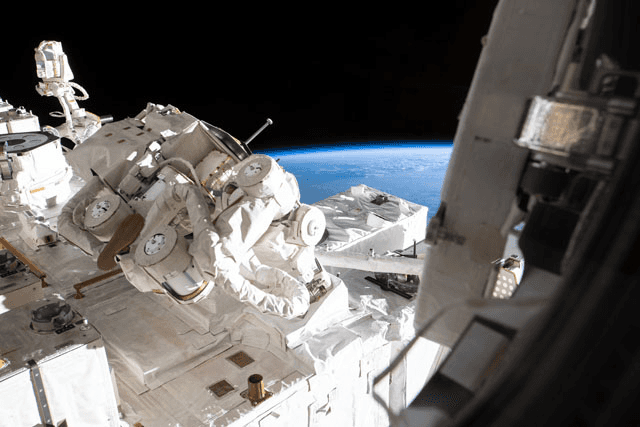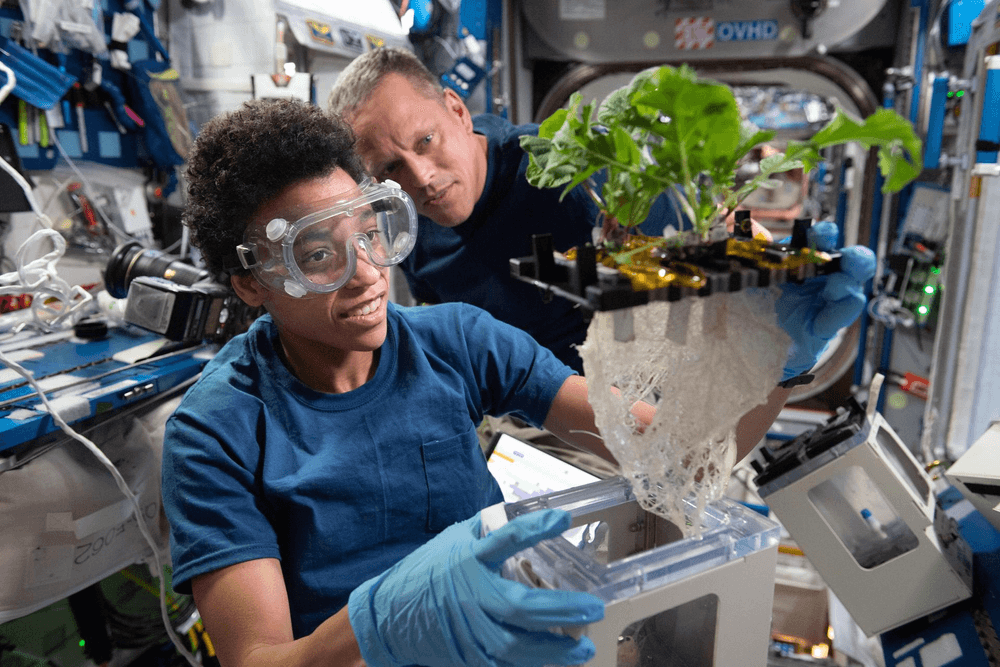Station Science Top News: Feb. 10, 2023
Over 300 copies of the ISS Benefits for Humanity 2022 (B4H22) book were distributed during the 2023 Human Research Program Investigator Workshop (HRP IWS) on Feb 7-9 in Galveston, TX.
All B4H22 materials are available at www.nasa.gov/stationbenefits, including videos, feature stories, scientific citations, and electronic copies of the book and brochure.
Analysis shows that the retrieval algorithm used for all Orbiting Carbon Observatory missions since 2014 contains some residual biases and sources of error that are unaccounted for. Researchers determined that aerosol is the primary driver of one type of error. Correcting data to account for aerosols could improve the characterization of carbon emissions, helping scientists to understand carbon sources and sinks and forecast increased atmospheric heat retention.
OCO-3, a spectrometer aboard the ISS, produces estimates of carbon dioxide by measuring reflected sunlight in Earth’s atmosphere in the near infrared. Researchers mapped different regions around the planet to identify causes of errors in these measurements. More accurate identification of carbon emission sources versus background concentrations helps scientists identify emissions, which is particularly essential to urban- and local-scale studies.

***
Past incidents have suggested that water quality in the ISS water recovery system (WRS) may be compromised by microbial biofilm growth. Researchers examined water sampled from the ISS and consistently identified bacteria species from genera that contaminate water sources on Earth. This finding suggests the need for future studies as well as providing information to support the development of countermeasures to prevent contamination of water supplies on future spacecraft and in human habitations.
The WRS provides roughly 90% of all water on the ISS by recycling urine and condensate from the air. The system includes urine recycling hardware, a containment wastewater tank, a water-processing assembly, and a potable water dispenser. The researchers sequenced the DNA of bacteria from water samples and identified species of the Burkholderia cepacia complex and the Ralstonia and Methylobacterium genera. On Earth, similar bacteria are known to contaminate water sources, water-based pharmaceuticals, water dispensers, and potable water, compromising water quality and water system functioning.








